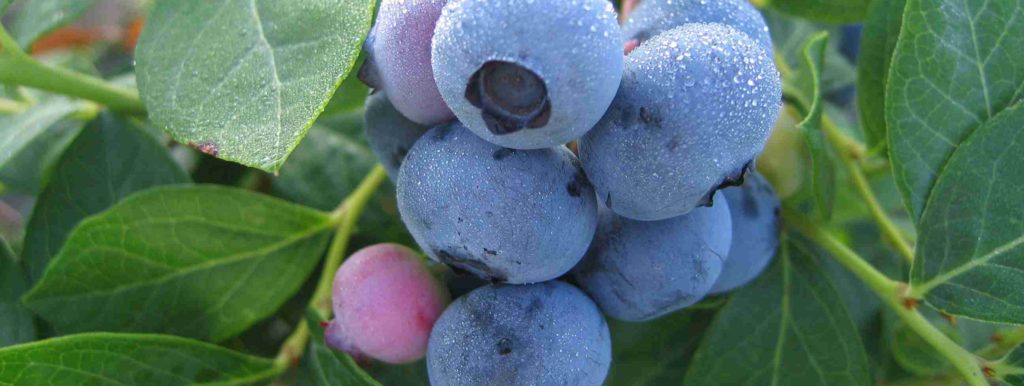N.C. Blueberry Statistics
go.ncsu.edu/readext?184249
en Español / em Português
El inglés es el idioma de control de esta página. En la medida en que haya algún conflicto entre la traducción al inglés y la traducción, el inglés prevalece.
Al hacer clic en el enlace de traducción se activa un servicio de traducción gratuito para convertir la página al español. Al igual que con cualquier traducción por Internet, la conversión no es sensible al contexto y puede que no traduzca el texto en su significado original. NC State Extension no garantiza la exactitud del texto traducido. Por favor, tenga en cuenta que algunas aplicaciones y/o servicios pueden no funcionar como se espera cuando se traducen.
Português
Inglês é o idioma de controle desta página. Na medida que haja algum conflito entre o texto original em Inglês e a tradução, o Inglês prevalece.
Ao clicar no link de tradução, um serviço gratuito de tradução será ativado para converter a página para o Português. Como em qualquer tradução pela internet, a conversão não é sensivel ao contexto e pode não ocorrer a tradução para o significado orginal. O serviço de Extensão da Carolina do Norte (NC State Extension) não garante a exatidão do texto traduzido. Por favor, observe que algumas funções ou serviços podem não funcionar como esperado após a tradução.
English
English is the controlling language of this page. To the extent there is any conflict between the English text and the translation, English controls.
Clicking on the translation link activates a free translation service to convert the page to Spanish. As with any Internet translation, the conversion is not context-sensitive and may not translate the text to its original meaning. NC State Extension does not guarantee the accuracy of the translated text. Please note that some applications and/or services may not function as expected when translated.
Collapse ▲
- $104.6million: Production value (2023 USDA)
- 54 million: Pounds produced annually (2023 USDA)
- 7th: North Carolina’s national rank for blueberry production (2023 USDA)
- 9,300: Acres harvested (2023 USDA)
- Top blueberry county: Bladen (5,736 acres)
- 8.5%: North Carolina’s percentage of U.S. national production (2023 USDA)
- 100+: Number of N.C. blueberry operations
The commercial industry in NC is concentrated in Bladen, Pender, Sampson and surrounding counties due to the presence of naturally occurring (native) blueberry soils. Blueberries from this production area are mostly marketed as wholesale fresh fruit (80%) with the remaining 20% processed (frozen). In addition to this large wholesale presence, there are also many smaller plantings statewide where berries are grown for direct markets – pick-your-own, ready-picked, and local farmer’s market sales.
Types of blueberries grown in North Carolina:
- Highbush Blueberry for the High Mountains – Only higher-chill northern highbush cultivars (Vaccinium corymbosum) will consistently survive low winter temperatures that occur at higher elevations in western NC.
- Rabbiteye Blueberry – The rabbiteye species (Vaccinium virgatum, syn. V. ashei) can adapt to many different soil types and is the best choice below 2,500 ft elevation for the Foothills, Piedmont, and drier upland soils in the Coastal Plain.
- Southern Highbush Blueberry – Higher-chill southern highbush thrive on sand-based, high-organic sites in southeastern NC, or well-drained soils elsewhere with extensive site modification.
Blueberry harvest begins in May in eastern NC and extends through August. The peak of the commercial harvest in southeastern NC occurs in late May through June.
References
- 2023 North Carolina Agricultural Statistics
- 2023 North Carolina Agriculture Overview
- USDA Noncitrus Fruits and Nuts 2023 Summary


